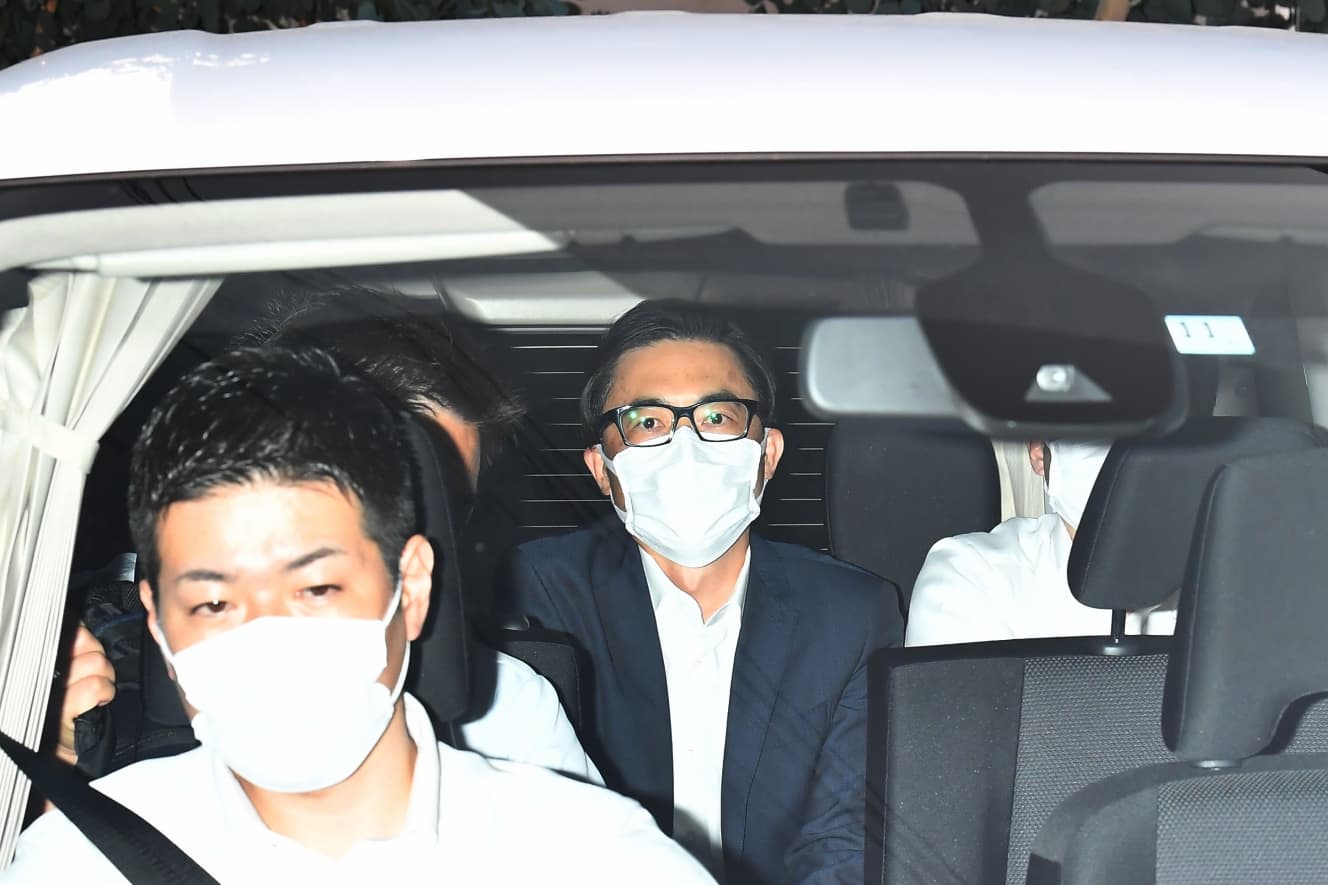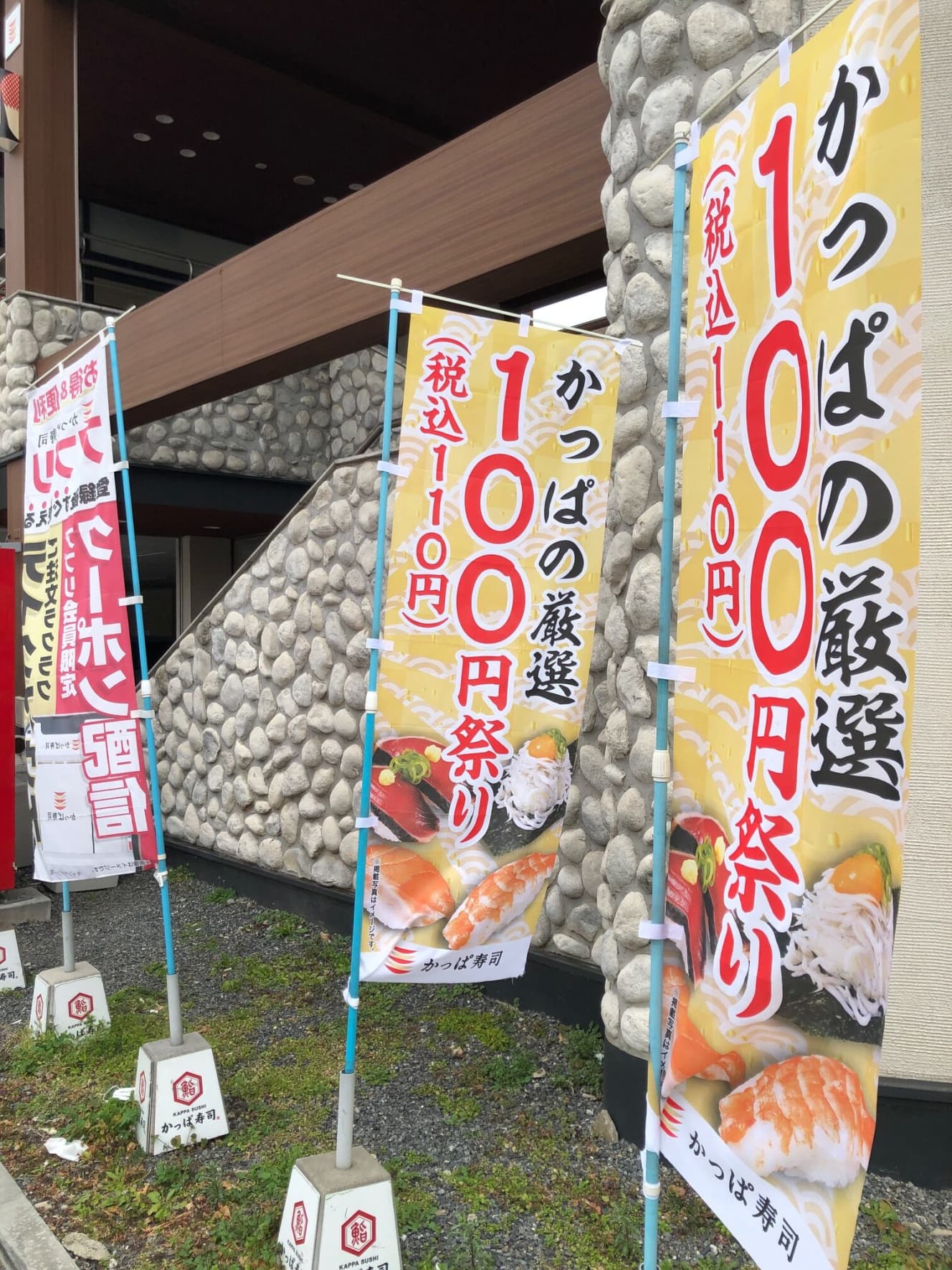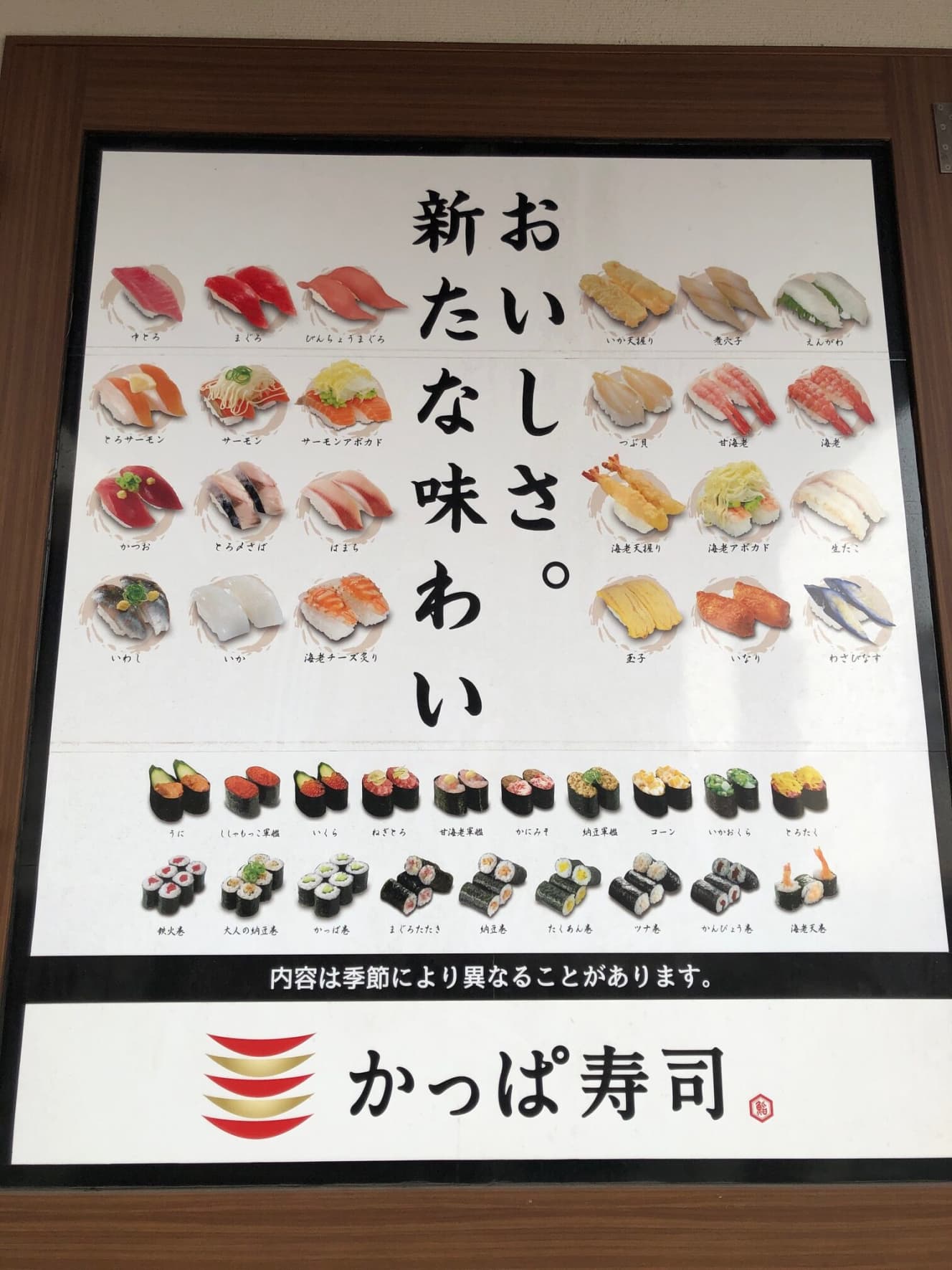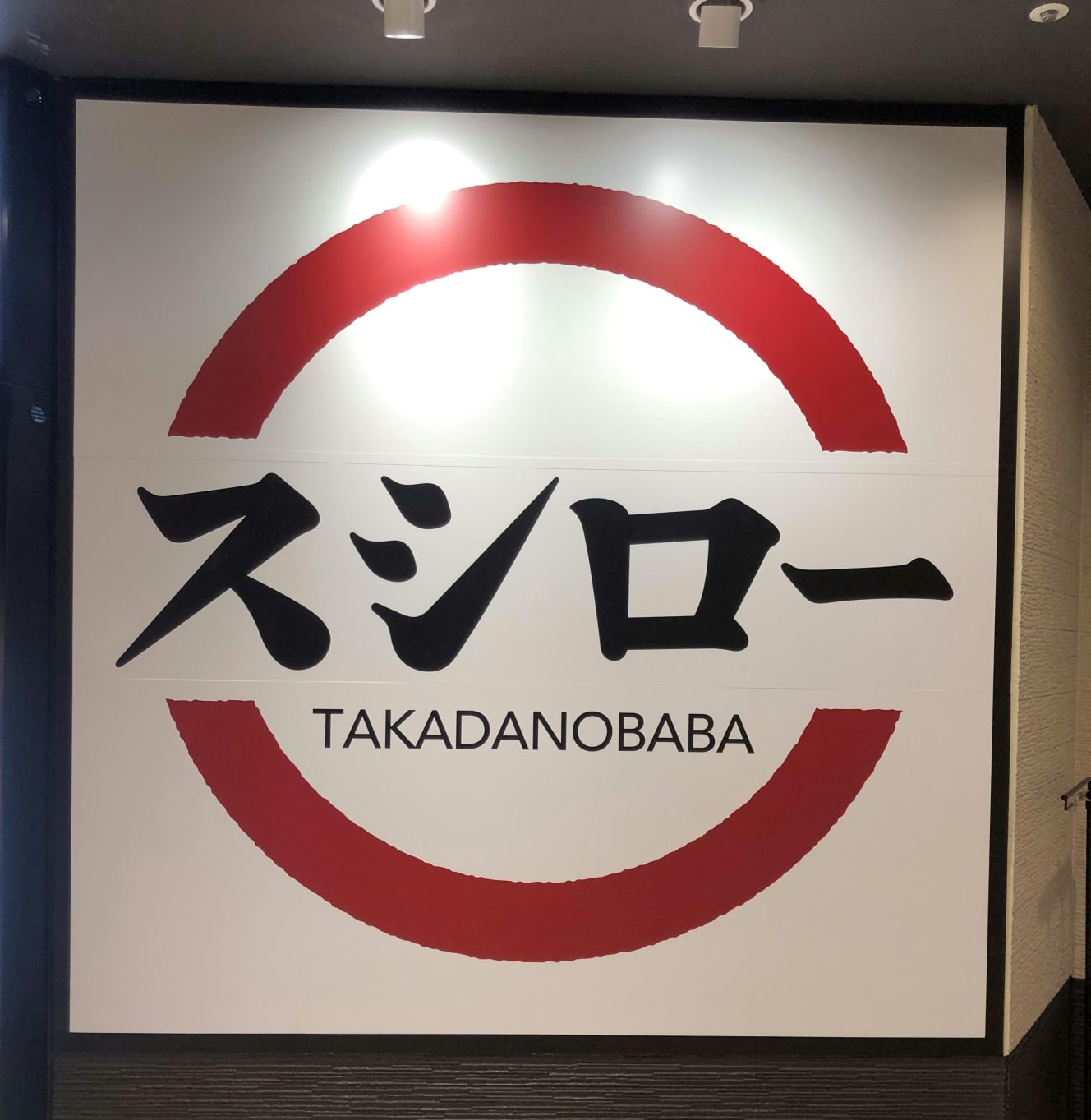Kappa Sushi and Sushiro in Trouble Caused by False Advertisement and Arrest of the President but One Still Emerged as Victor
The two major conveyor-belt sushi chains, Sushiro and Kappa Sushi, have been divided by the scandal. The following is a look at the recent year-on-year same-store sales figures for the two chains (all figures are in %, with December figures for last year and January figures for this year).
Sushiro
Oct: 81.5 Nov: 74.8 Dec: 77.7 Jan: 89.6
Kappa Sushi
Oct: 98.7 Nov: 101.2 Dec: 108.2 Jan: 108.2
As you can see, “Sushiro” sales are significantly down from the previous year, while “Kappa Sushi” is growing steadily despite a drop in October.
Sushiro’s advertisement of a product that was not on sale last June was pointed out by the Consumer Affairs Agency as a false advertisement. The following month, during a half-price beer campaign, some stores ran out of the product. Kappa Sushi’s then-president Kimi Tanabe was arrested in September of last year for illegally taking confidential business data from his old restaurant, Hamazushi. What is the reason for the difference in sales between the two companies, despite the major trouble they have both caused? Economic journalist Takashi Matsuzaki explains.
The biggest impact was Sushiro’s price hike in October of last year, when the minimum price for a plate of sushi went from 110 yen to 120 yen.
Kappa Sushi, on the other hand, maintained the price at 110 yen per plate despite the high cost of raw materials. This is a substantial price cut. The reason for the drop in sales last October was probably due to the arrest of the then president. However, by substantially lowering the price, sales recovered from November onward, and the scandal was able to stop the bleeding, as they put it.
The nature of the scandal to which consumers were sensitive

The reason for the sharp difference was not only the price, Mr. Matsuzaki continues.
I think the nature of the scandal had an impact. The victims of Sushiro’s bait-and-switch advertising and the half-price beer scandal are the customers. I think that consumers reacted sensitively to the problems that they themselves suffered.
On the other hand, the arrest of the president of Kappa Sushi had a large social impact, but it had nothing to do with customers. Even though the arrest had an immediate impact, it probably did not create such a bad image among consumers.
However, it is not so simple to say that Kappa Sushi is safe.
“The cost ratio for restaurants is about 30%, but it is said to be 40-50% for conveyor-belt sushi chains. The cost ratio for popular items such as tuna, hamachi, sea urchin, and salmon roe is particularly high, and it is a difficult choice for vendors to keep prices down while the cost of raw materials is rising. It is hard to let go of the joy of increased sales without raising prices. In order to maintain prices, they must also proceed with restructuring accordingly,” says Matsuzaki.
The conveyor-belt sushi chain has been in constant trouble, with videos of customers licking their teacups going viral and alcohol being sprayed on products. The struggle to secure sales and profits continues for all companies.



Photographed by: Takashi Yamazaki, Shinji Hasuo
